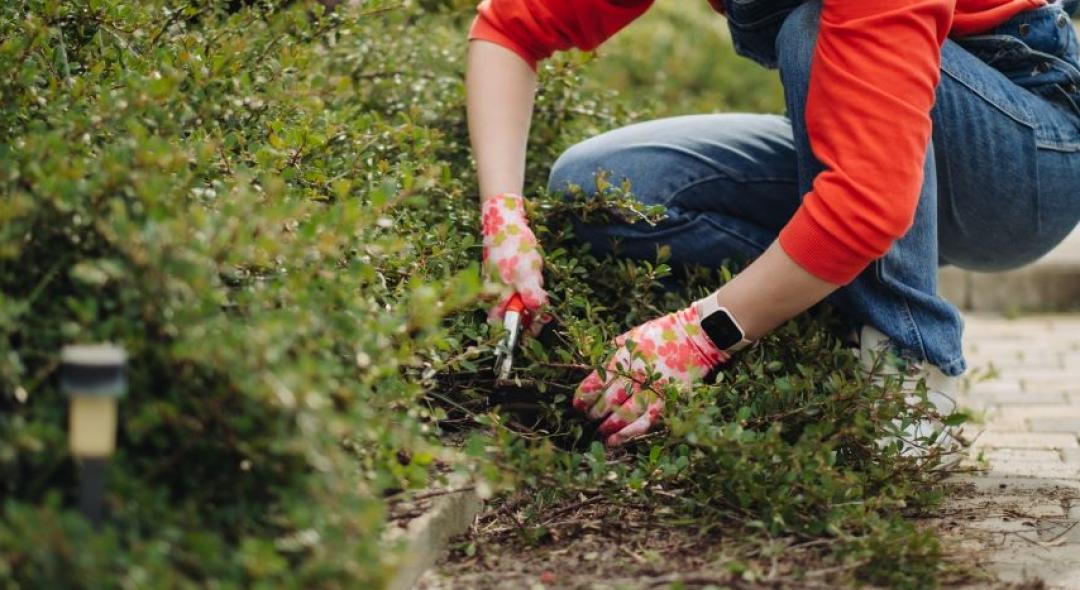Spending time indoors through the long, cold winter season is an excellent way to stay warm and comfortable no matter what nature has in store but being inside more often than usual also tends to put families at risk for more health issues both from more extended contact with people and more time spent breathing air which, in the majority of American homes, is not of the finest quality. Fortunately, there are a few steps which homeowners can take to reliably improve their indoor air quality to help make their home cleaner, healthier, and simply more like home!
Asbestos: Inspection, Containment, and Removal

Homes once incorporated asbestos in everything from insulation and textured paints to shingles, tiles, and countertops because of the material’s natural ability to prevent the spread of fires while providing very high quality heat insulation but in the 1970s, its use was banned for most residential projects because of the health risks it posed when damaged. That said, many older homes still feature asbestos and do not necessarily pose a health threat to occupants.
Professionals and government bodies are quick to remind people that asbestos isn't dangerous unless it’s been damaged to the point that fibers are airborne. This means that, for many homeowners, properly sealing off areas where asbestos is used and being careful not to disturb it is enough to prevent a number of severe health issues. However, if there’s any doubt about the condition of your home’s asbestos or the sealing which is separating it from your family it’s wise to contact professional asbestos inspectors to assess your home’s air quality and health risk. They have the expertise to help you determine whether containment or removal is the best option for your home, in particular.
Carbon Monoxide: Protect and Detect

Of the many different types of toxic materials which could be lowering your home’s air quality and compromising the health of your family, carbon monoxide is often seen as one of the most dangerous threats, and with good reason! Carbon monoxide is a colorless, odorless gas which in large doses or over long periods of exposure can silently become fatal to an entire household. Your home can be exposed to carbon monoxide through a number of conditions though by far the most common are leaking gas-powered features (like stoves, fireplaces, etc).
In order to be warned of rising levels of carbon monoxide in your home, the CPSC strongly recommends carbon monoxide detector installations along with proper servicing, cleaning, and installation of gas appliances. These two steps combined can be quite literally a life-saver for you and your entire household. In fact, the benefits of carbon monoxide detectors are some clear that many communities are now requiring their installation in residential properties!
Mold: Testing, Removal, Prevention

Homeowners facing problems like leaks and water damage often are caught up on repairing material damages that they don’t think of the problems which inadequate moisture control actually leads to, first and foremost of which is mold growth. Widespread mold growth has been recognized by a number of national and international health agencies as being a threat to respiratory health with extended exposure, something which is especially problematic since the areas of a home most commonly afflicted with mold and mildew growth are not places homeowners tend to carefully check over for issues.
For this reason, homeowners who begin to have trouble with water damage, unusual odors, or visible mold growth should quickly contact professional mold testing and mold removal contractors. These specialists will be able to determine the particular species of mold growing and assess its danger both to the structural integrity of the property and the health of its occupants.
